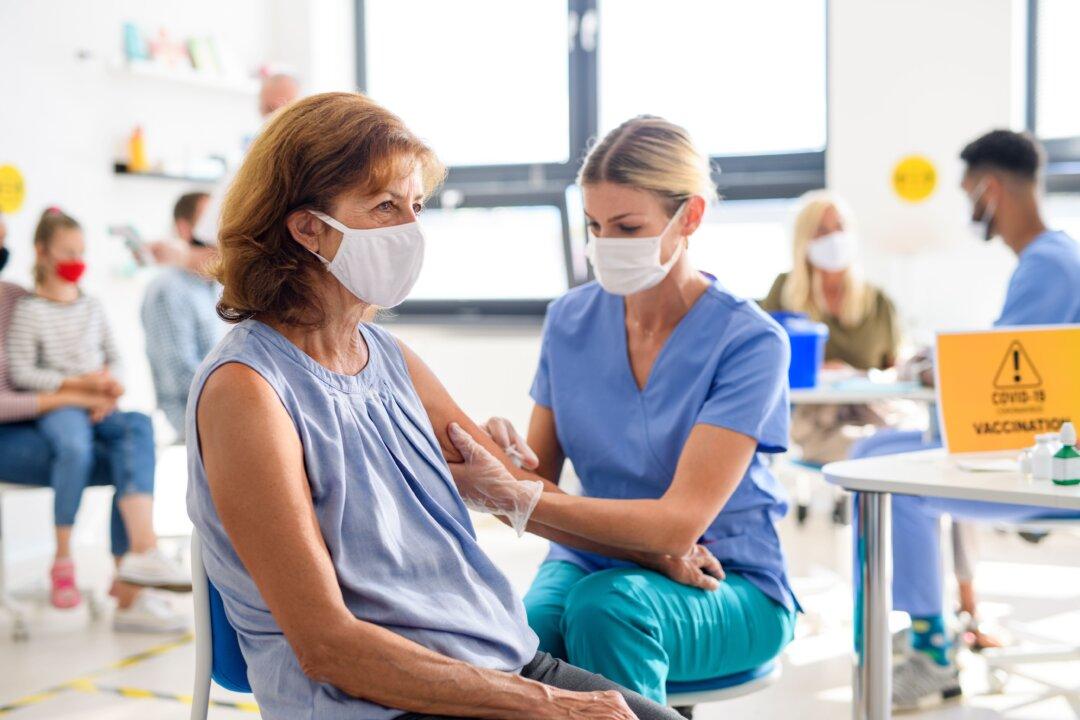Vaccines can in some cases trigger more serious illness when exposed to an unrelated virus, via a process known as virus interference.
A question that has lingered since the 2009 mass vaccination campaign against pandemic H1N1 swine flu is whether seasonal influenza vaccination might make pandemic infections worse or more prevalent. That concern has come into sharp focus as studies raise questions about vaccine rollouts for COVID-19 and research points to the potential of problematic viral interference.






